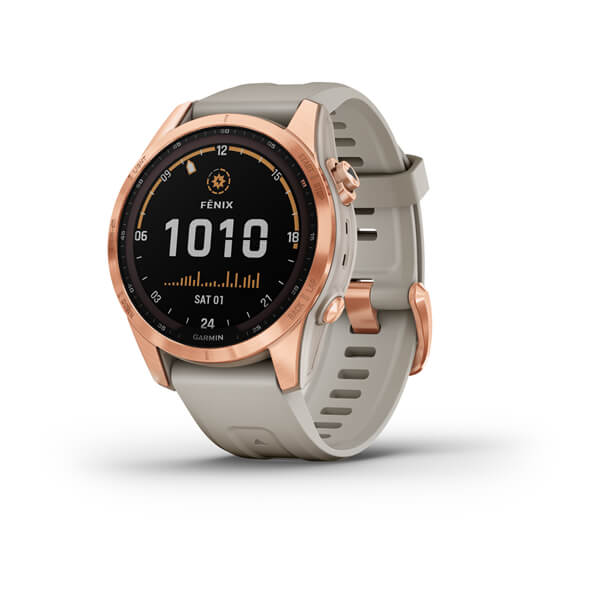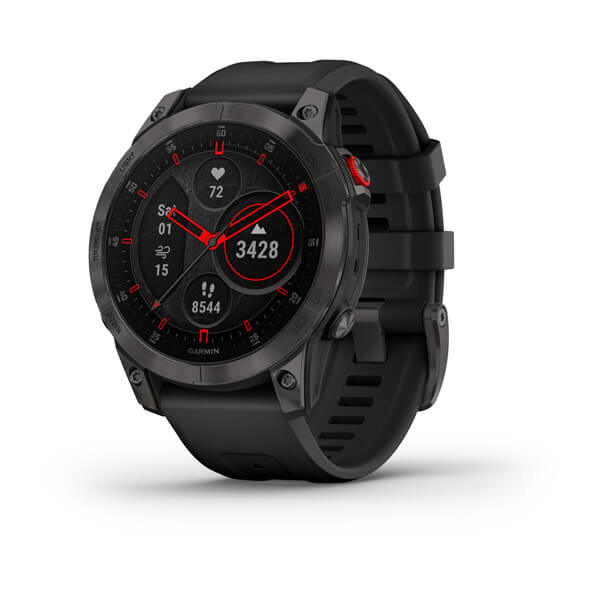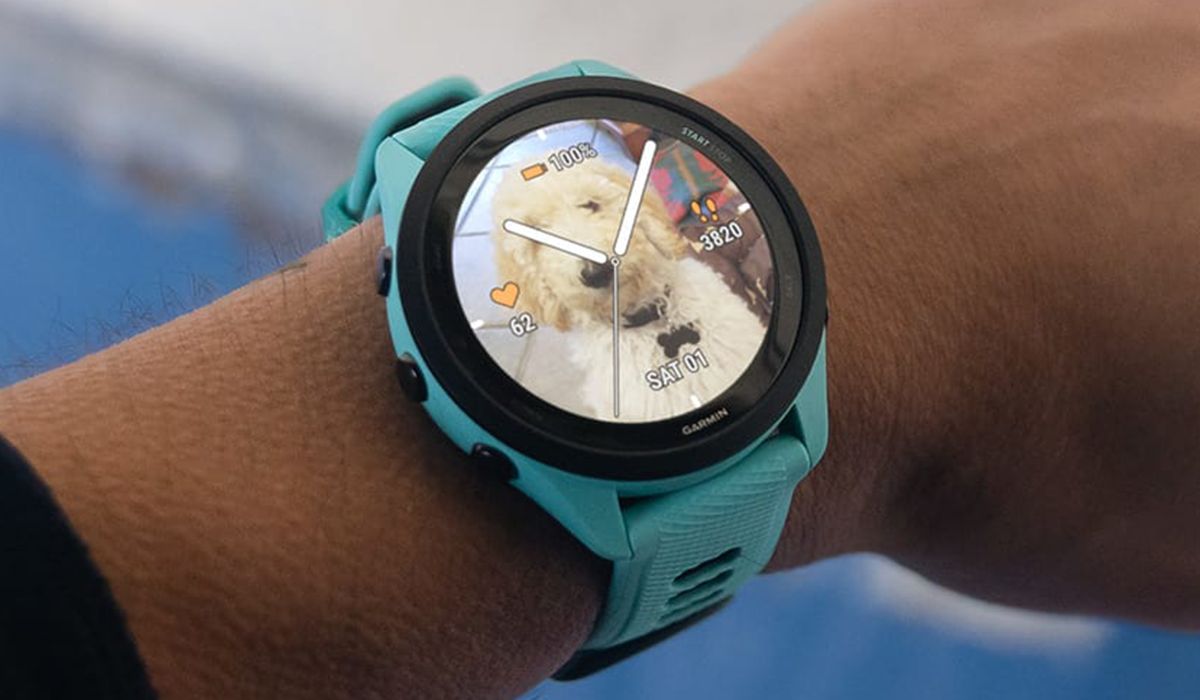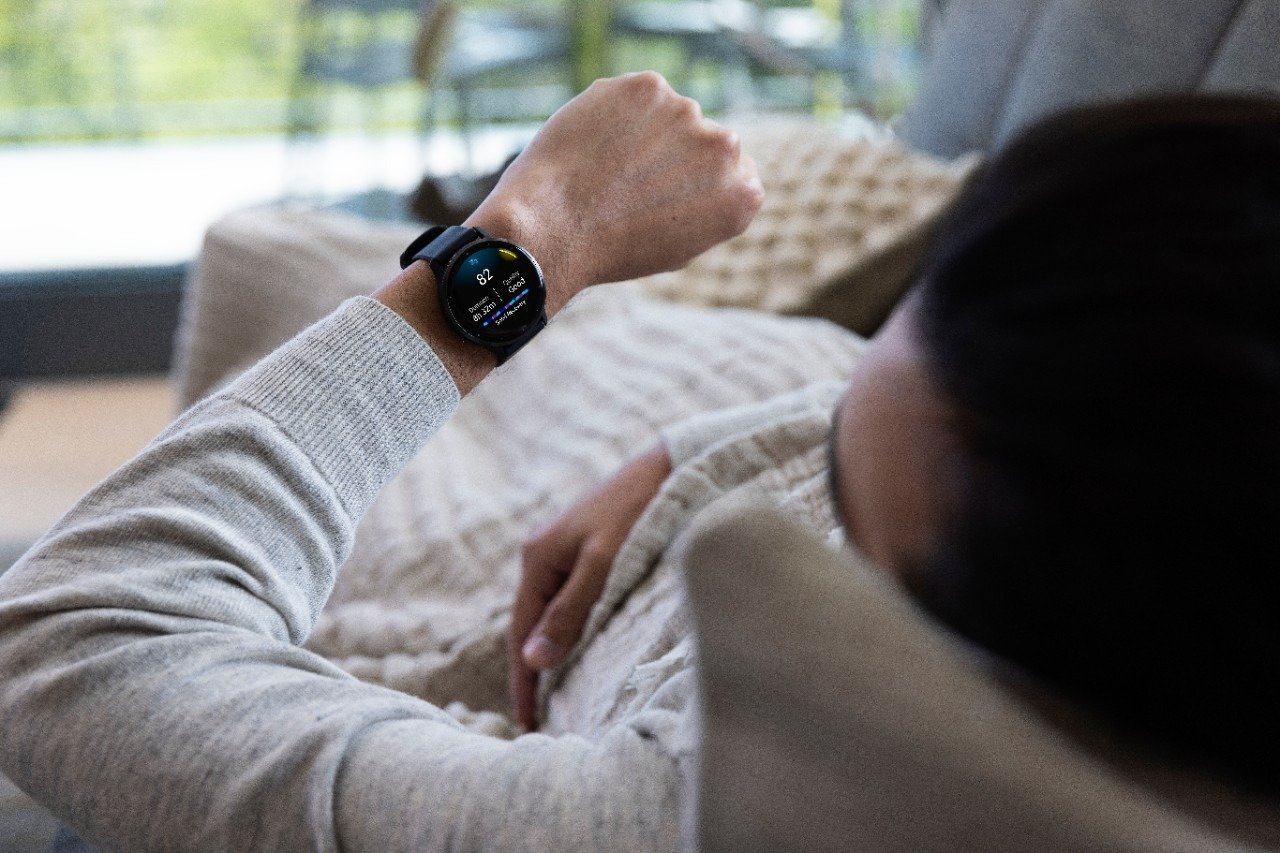
Introducing the Garmin Real-time Stamina Feature
Real-time stamina is a new insight introduced on the Garmin fēnix® 7 series devices and powered by Firstbeat Analytics. This new feature for running and cycling activities is designed to help you pursue your best possible result with confidence. You can see for the first time how much you have left in the tank for attacking and cruising as you manage your performance to the finish line.
What is stamina?
Stamina is essentially your current capacity for good, quality performance. Smart stamina management strategies are the key to successful performances and require constant adjustment. Push yourself too hard for too long at the wrong time and you risk not being able to finish the race. Adopt an overly conservative approach and you risk crossing the finish line disappointed, knowing you fell short of your best possible performance. As a rule, the harder you push yourself the faster you run out of stamina. An absolute, all-out sprint can only be maintained for a matter of seconds — slow down even slightly and you can probably keep going for a few minutes. Running at lactate threshold or riding at functional threshold power (FTP) intensity can usually be sustained for about 40 minutes to an hour. Slow down a bit from there and you’ll find that sweet spot, marathon-type pace, which should be manageable for a few hours.

Real-world performances are complicated and varied. You don’t maintain the same level of effort over the course of an entire activity, especially when it comes to racing. You speed up, slow down, climb, coast and attack along the way. Meanwhile, your physiological systems and metabolic energy pathways work and adjust to keep up with the demands of your performance.
“A major challenge when it comes to tracking stamina is that multiple fatigue accumulation mechanisms work towards limiting your performance simultaneously,” explains lead physiologist Mikko Seppänen. “Muscle cell damage, central nervous system fatigue, and carbohydrate depletion all play different roles. Beyond that, there are the special challenges your working muscles face when sustaining high-intensity efforts, specifically once you exceed your anaerobic threshold.”
Stamina vs. Stamina Potential
You can push yourself to the point of exhaustion in a 5K race or a marathon, in a time trial or a tour stage.
What ultimately becomes the limiting factor in your performance depends on what you are trying to achieve and how you try to achieve it. This is why the Garmin real-time stamina data screen shows both your stamina and potential stamina. Together, these two perspectives can help guide your efforts across a variety of scenarios.
Stamina (0-100%) is a comprehensive insight designed to show how much performance you have left in the tank. It considers both general fatigue accumulation and resource depletion together with the unique performance limitations associated with sustained high-intensity exertion above your anaerobic threshold.
Sprints, climbs and attacks frequently require more energy than your body can produce aerobically. In these situations, your anaerobic energy pathways work to satisfy the additional energy demand, but there is a limit to how much anaerobic work you can perform before you need to slow down due to accumulated lactate. Slowing down gives your body a chance to catch up, clean up and restore your capacity for more high-intensity performance.

Potential stamina (0-100%) focuses exclusively on the effects of general fatigue accumulation and resource depletion. This perspective is useful for gauging your available capacity for moderate-intensity work and for understanding big-picture recovery needs. Activities that result in a significant depletion of potential stamina will likely require several days of rest or light activity to achieve full recovery.
When you are cruising along at a moderate intensity and are unchallenged by the lingering effects of high-intensity exertion, your stamina and potential stamina will be the same. Alignment of these two perspectives means that your performance is only currently limited by the effects of general fatigue and resource depletion.
Start an attack or a high-intensity interval and your stamina drain rate will accelerate faster than your potential stamina depletion rate. Slow back down to an easier, sustainable level of exertion and the portion of your stamina decreased as a result of that harder, high-intensity work will be restored back toward your stamina potential as the limiting effects of that hard push wear off.
If you have not fully recovered from your last activity, your stamina and potential stamina will not be at 100% at the start of a new activity. Your body still needs time to repair itself and replenish depleted resources.
Time and Distance to Exhaustion
During an activity, time and distance to exhaustion estimates show what you can expect to achieve with your current level of effort and remaining stamina. Initial predictions are based on your available stamina at the start of your activity and assume you will maintain a moderate effort ideal for maximizing endurance performance. These estimates update continuously throughout your activity to reflect your situation.

What to Expect from Real-time Stamina
Real-time stamina offers the most insight in activities where you are really pushing your limits. Leisure rides and recovery-paced jogs can be performed almost indefinitely without stamina depletion becoming a serious concern, at least not in the same way it factors into more hardcore performances.
With that in mind, what can you expect when you push yourself to the point where your stamina does start to bottom out? As your stamina approaches zero, you will likely find that your ability to sustain hard efforts is significantly compromised. You may be unable to attack or maintain speed on climbs. You will still, however, likely be comfortable sustaining moderate-intensity efforts slightly below your lactate threshold or FTP provided you still have potential stamina available.
When your potential stamina is depleted, you will probably find maintaining even a moderate-intensity effort is a significant challenge. It doesn’t necessarily mean you won’t be able to put one foot in front of the other but expect to find yourself more focused on simply completing the course than achieving a great result.
What if the insight you get from real-time stamina doesn’t match your own experiences? You’re exhausted, for example, but your device shows you are good to go? Like other advanced performance analytics, the reliability and meaningfulness of real-time stamina improves with how well your device knows you.
The minimum information real-time stamina needs to work is your VO2 max. This requires running with a combination of speed and heart rate data or cycling with both heart rate and power data. You should also ensure that your personal maximum heart rate is set correctly on your device. Setting the wrong maximum heart rate has a cascading effect that negatively impacts the reliability of real-time stamina feedback by compromising VO2 max, lactate threshold/FTP and current intensity assessments.
Following an ideal fueling strategy can also help ensure meaningful real-time stamina, especially for longer activities. Smart nutrition and hydration decisions keep you on track toward your performance potential and prevent you from fatiguing prematurely.
Recording all your activities with your device is the final key to getting the best results from real-time stamina. Not only do stamina levels carry over from one activity to the next, but activity intensity profiles, durations, distances and training load accumulations also are used to enhance the personalization of your real-time stamina feedback beyond your basic fitness metrics. This data is used to model individual fatigue resistance and personal tolerances for aerobic and anaerobic exercise.







